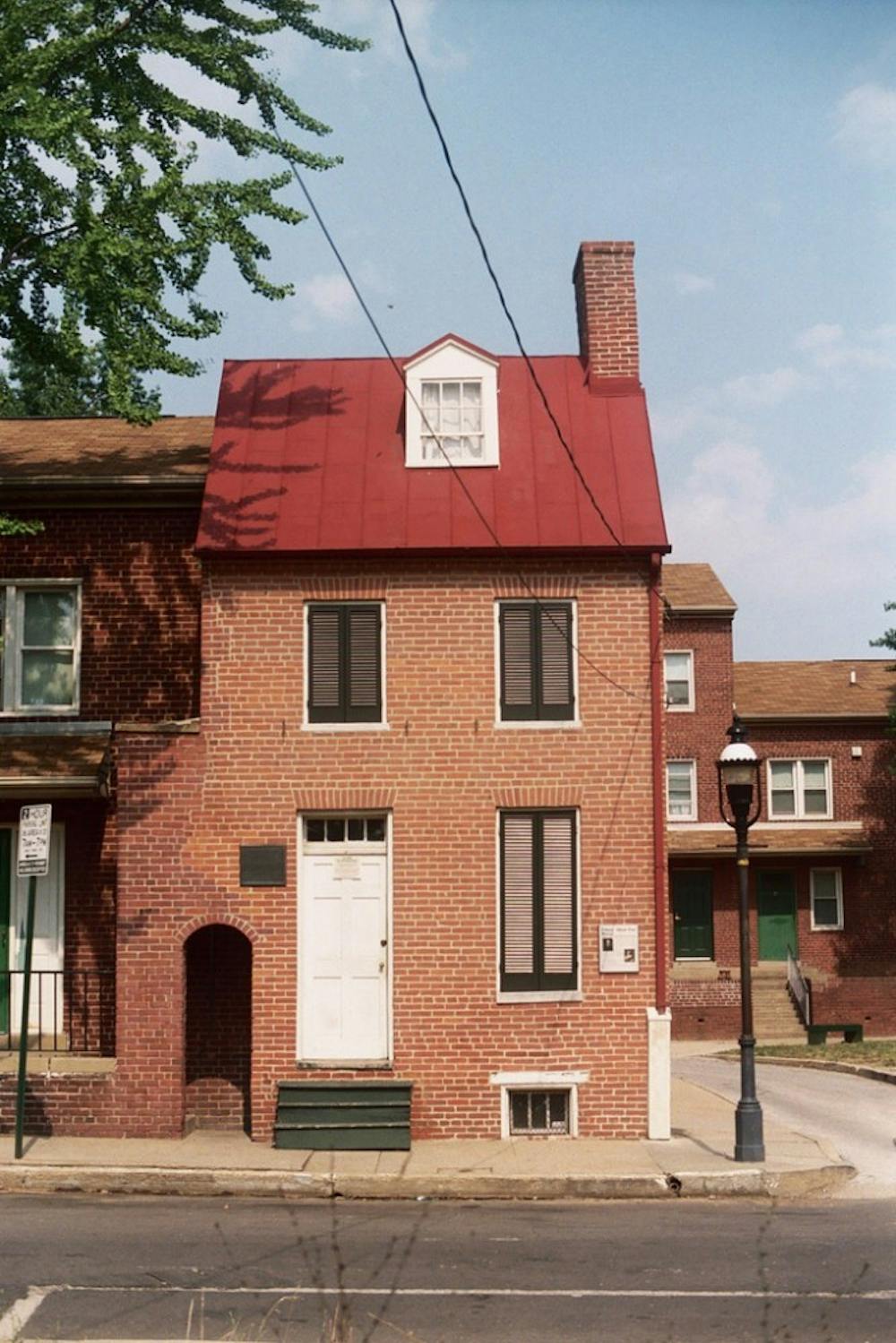According to all usual conventions, it’s spring now.
Normally that means it should be warm. Unfortunately, this semester has not been living up to typical weather expectations, which means that most of us have been spending a lot more time inside than we normally would for this time of year.
During the last few months, I couldn’t wait until spring finally arrived. As a freshman, I was hopeful that the warm weather would bring out a new side of Baltimore that I could experience. I’d heard upperclassmen talk about places that they went to once it was nice outside, and I was tired of the lack of adequate snow and just wanted it to be pleasant again.
Except for a few days, though, it’s been pretty gloomy out. Eventually, it makes sense to stop fighting the gloom and embrace it instead.
Fortunately, we live in a city with massive influence from a man who did just that.
Last weekend, I was lucky enough to go on a tour of the Edgar Allan Poe House and Museum. Located at 203 North Amity Street, the house is fairly easy to get to: Take the Charm City Circulator to its Mulberry Street stop. From there it’s about a 15 minute walk west.
The unassuming row house doesn’t stand out much from the outside. The red brick building wouldn’t catch any attention from a casual passerby. Only the street sign, proclaiming “Edgar Allan Poe Square” in white on a red background, indicates that there is something unique about the West Baltimore location.
Inside, however, it is as though stepping into the past, with a bit of the present mixed in. The house has three floors accessible to visitors, each made up of little more than a room or two.
Some of the rooms have artifacts used by Poe himself, such as his writing desk, telescope and chair. Exhibits about Poe’s family history and his life in Baltimore adorn the walls. Among the most interesting are the panels describing the little that is known about the last days before his mysterious death, which occurred in 1849.
The Poe House, likely built around 1830, was rented by Poe’s aunt, Maria Clemm, in 1832. Poe and several of his family members, including his grandmother and his cousin Virginia (who later became his wife), moved in with her. Poe himself moved into the house at the age of 23, staying for about two years.
While living in Baltimore, he wrote several of his most notable works, including 11 stories meant to be published in a collection that were eventually all published separately. He moved to Richmond, Va. with Virginia in 1835 and did not return to Baltimore until shortly before his death.
Poe’s house has an atmosphere similar to that of his stories — slightly off-putting but intriguing. The house is well preserved, with most of the original structure still standing.
You enter through the gift shop — I had never before seen so much black and purple, or so many ravens, in my life — and then continue on to the first room of the exhibit, in what was once the dining room.
Moving up, you’ll find the first of two bedrooms, now covered with Poe’s family tree and information about his closest relatives (the direct link Poe has to Virginia is a bit close for comfort).
The next bedroom has some artifacts that belonged to Poe and his family, along with a fantastic fireplace. It seems that this is the last part of the museum, but if you venture up the twisted spiral staircase at the back of the second bedroom, there is a glimpse of the attic which Poe may have stayed in; historians aren’t entirely sure.
With its sloped ceiling, I could barely stand straight while still on the stairs. The attic was slightly difficult to access because of the tight staircase and made me wonder how Poe could stand to do it constantly while he lived in the house.
Overall I would highly recommend checking out the Poe House. The museum guides are all knowledgeable and friendly, providing info on Poe’s history that you didn’t even know you had questions about.
It is a bit difficult to get to the top floor, but if you can check out the attic room, it is absolutely worth it to catch a glimpse of the place where some of Poe’s works may have been written. It’s truly an amazing feeling to be standing in a house that has such rich history for one of Baltimore’s most famous residents.























Please note All comments are eligible for publication in The News-Letter.